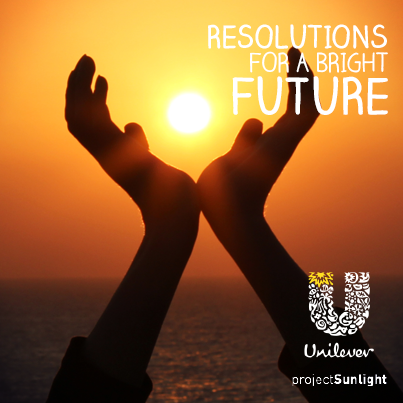I have found dozens of companies that practice good CSR, but I have fallen in love with Dove.
I want to disclose that Dove isn’t paying me for this post nor am I a medical professional. The views I express are entirely my own. Please do what is best for yourself and use whatever health care products that you wish.
Now then, here are the 4 reasons why Dove’s Real Beauty Campaign is great CSR
1. Corporate social responsibility is anchored in having a philosophy that benefits the public and the company. The Dove Real Beauty campaign was created in 2004, and their first objective was to widen the cultural definition of beauty. Age, weight, height and skin color were targeted by different campaigns.
2. Dove thought creativity about how to reach audiences. The most well known campaign is the “Real Beauty Sketches” which aired on television in the early part of 2013.
This video tugged at the heartstrings of American women. For a while, the advertisement was the most viewed commercial on YouTube. As a student of journalism, Doves’ creative tactics got my attention. I am impressed with how Dove continues to integrate marketing and social media to create natural spokes models.
3. The power of a review from a friend. There are dozens of brands and hundreds of products to choose from at the store – having a friend recommend one thing over the other is what PR is all about. (Advertizing is telling people your product is the best, PR is having people tell others that your product is the best).
Below is a screen shot of Dove’s Instagram page highlighting how beauty is in every woman. Using Instagram to encourage women to promote their natural beauty and dove products is a great PR tactic.
4. Dove’s compliment campaign “Girl’s Self Esteem”. After so much social media coverage people wanted to know what else Dove was doing to empower women, especially young girls, who are very impressionable. Dove commissioned a global report “The Real Truth About Beauty” in 2004. A highlighting factor is only 4 percent of girls describe themselves as beautiful. Dove is trying to widen the definition of beautiful, not by encouraging girls to buy their products to become beautiful, but to buy their products to keep clean and celebrate their own beauty.
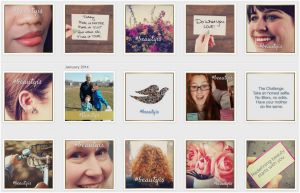


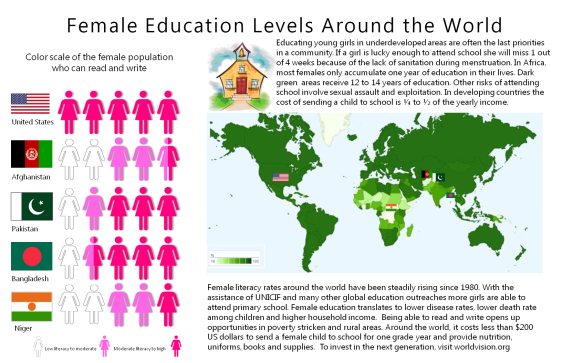


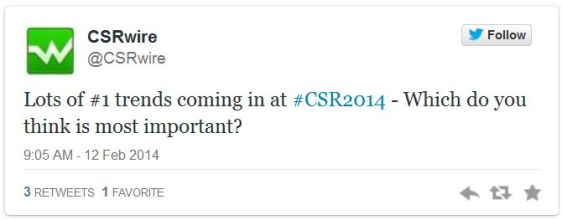
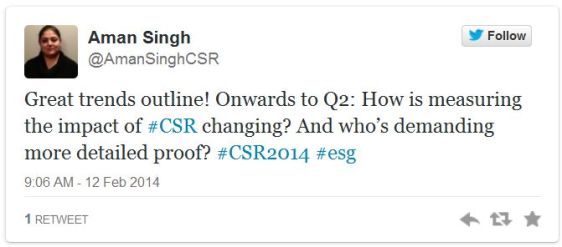
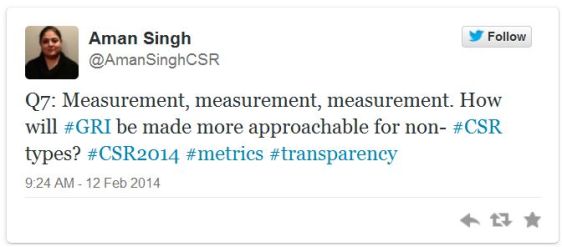
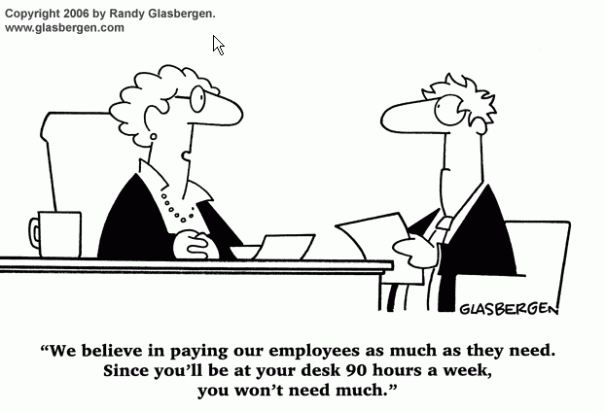

 Just as the white paper shrinks on a lit cigarette, the smoking phase is turning to ash. In the Northwest; Washington, Oregon and California have statewide laws prohibiting the use of tobacco in restaurants, bars and hospitals. Even at the University of Oregon, as of Sept 1, 2012, smoking is no longer allowed on campus. The culture of smoking is being pushed aside. I am of the generation where I never saw someone smoking indoors nor did I ever see advertizements for tobacco. This is the result of decades of laws restricting smoking. These laws are designed to promote health and decrease the number of people who smoke. The results are stunning, cigarette smoking has
Just as the white paper shrinks on a lit cigarette, the smoking phase is turning to ash. In the Northwest; Washington, Oregon and California have statewide laws prohibiting the use of tobacco in restaurants, bars and hospitals. Even at the University of Oregon, as of Sept 1, 2012, smoking is no longer allowed on campus. The culture of smoking is being pushed aside. I am of the generation where I never saw someone smoking indoors nor did I ever see advertizements for tobacco. This is the result of decades of laws restricting smoking. These laws are designed to promote health and decrease the number of people who smoke. The results are stunning, cigarette smoking has 


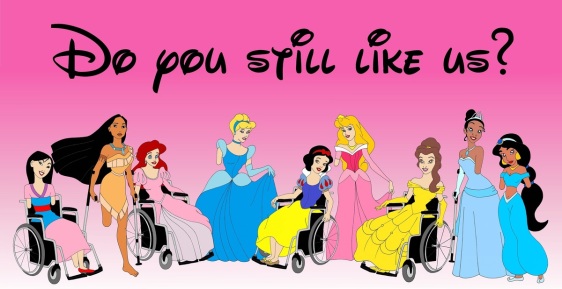
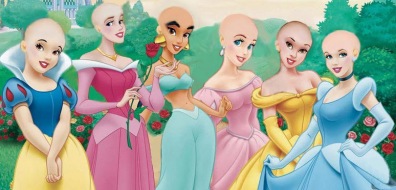


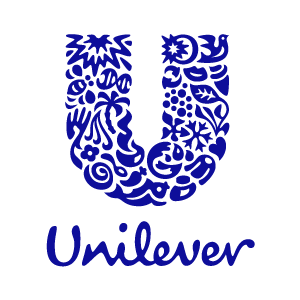 In my quest to read labels I found that almost everything I own has a ‘U’ symbol on it. I decided to look up and found the Unilever brand just as they were kicking off their “project sunlight”.
In my quest to read labels I found that almost everything I own has a ‘U’ symbol on it. I decided to look up and found the Unilever brand just as they were kicking off their “project sunlight”.